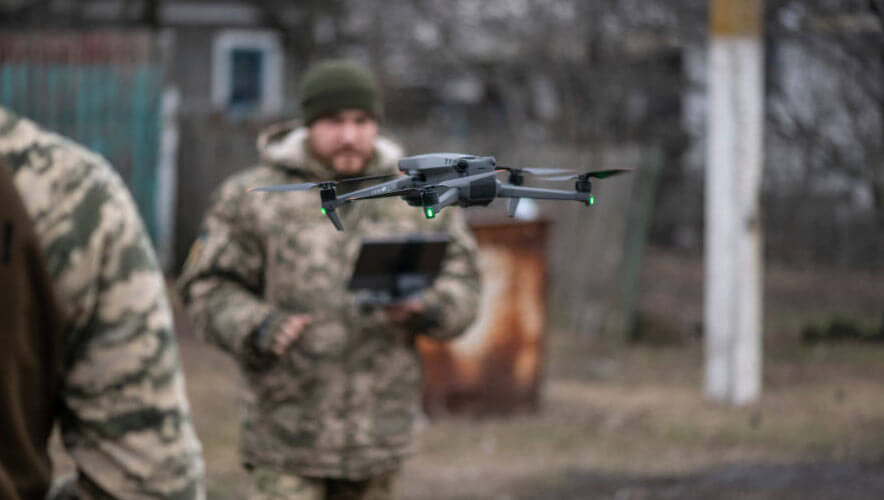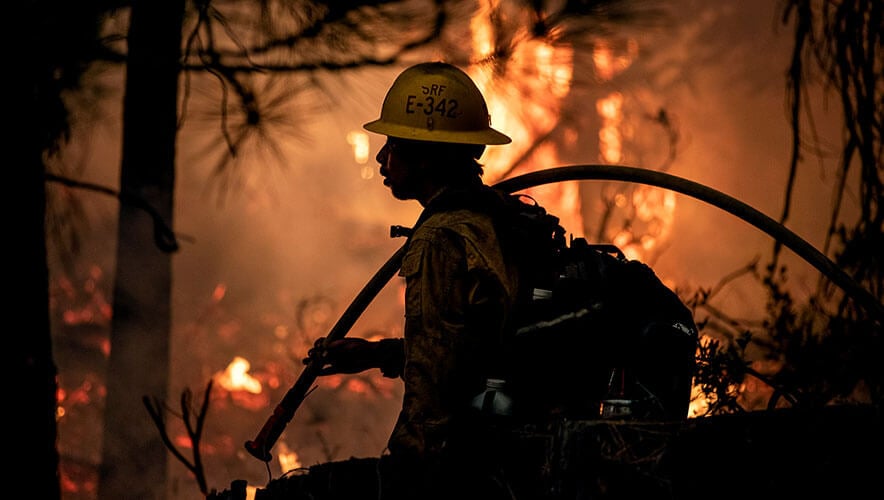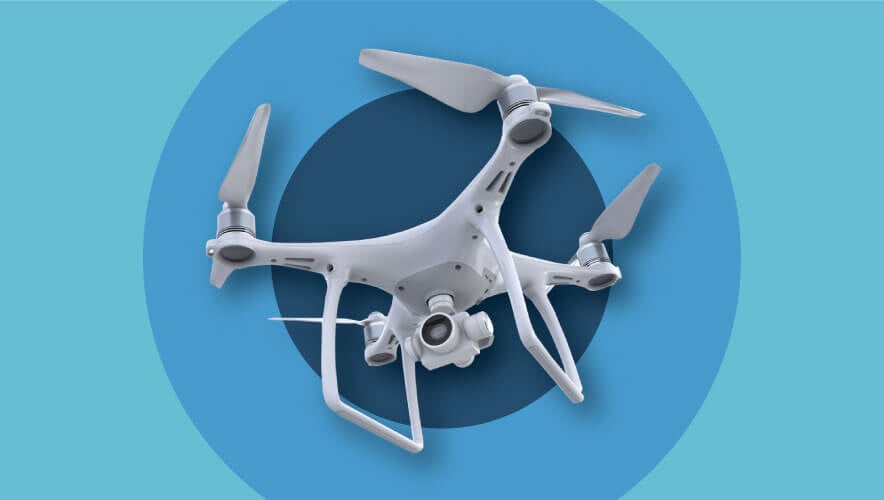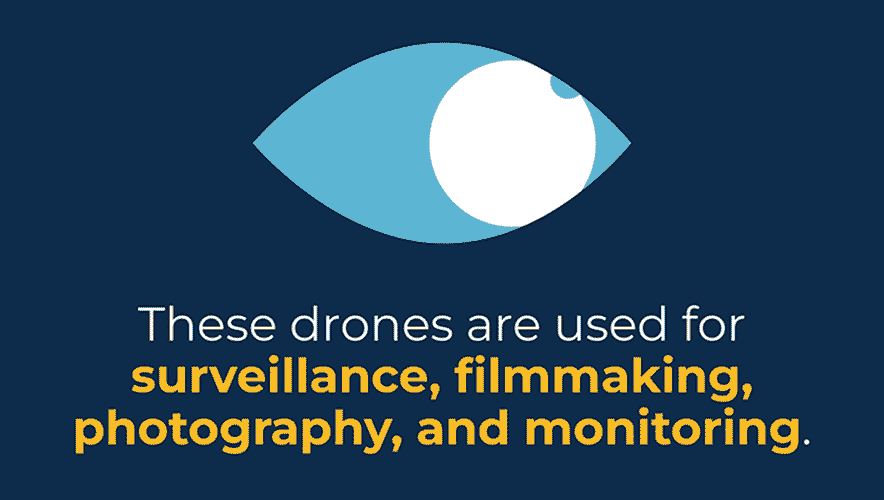Weaponized Drones are Changing the National and Corporate Security Paradigm
Drone warfare is reshaping the battlefields of Ukraine, as Europe’s largest conventional war since World War II has seen tens of thousands of drones used to gather intelligence, disrupt formations, and strike enemy positions. Increasingly, commercially available drones (CADs) in particular are playing a role in the Russia-Ukraine war. These devices, which often cost less than $2,000 and are widely available online, can be cheaply modified and outfitted with explosives.
As Global Guardian’s recent Worldwide Threat Assessment concludes, these aerial vehicle-borne improvised explosive devices (AVBIEDs) are not just becoming a standard feature of warzones like in Ukraine and the Middle East but a weapon of choice for nefarious non-state actors, including transnational terror networks and criminal groups.
AVBIEDs present a clear and looming threat to civilian populations, infrastructure, and corporate assets at home and worldwide. Security stakeholders, including civil and private sector leaders, must reassess their protective capabilities and urgently consider necessary countermeasures to safeguard people and assets.
As procurement of drones have become far simpler, tools once exclusively available to modern militaries and cutting-edge developers are now falling into the hands of dangerous non-state actors, forever altering the national and corporate security landscape.
In the hands of non-state actors, AVBIEDs have evolved to become an especially cumbersome problem for security stakeholders. Quadcopters and other devices are easier to configure and weaponize as the necessary tools and technology become cheaper and more accessible. Many CADs now have simple user interfaces and can be piloted as though one is using a video game controller. More sophisticated systems possess autopilot functions or object detection, making it easier for an AVBIED to reach its intended target. Additionally, with the popularization of social media over the last decade, images and video footage of drone-based attacks can be shared online, demoralizing or instilling fear in the population and boosting recruitment efforts for terrorist and criminal networks.
Some recent examples of terror and criminal plots involving AVBIEDs have been thwarted, from the planned bombings of the 2016 Rio Olympics by ISIS-linked Brazilian militants to the 2018 assassination attempt against Venezuelan President Nicolás Maduro involving explosive drones.
However, all it takes is one successful attack to impact thousands of people and cause untold financial damage to businesses and organizations. The probability of an attack grows more each day as drones become more advanced and ubiquitous. In the future, CADs will likely include encryption tools and artificial intelligence, and function completely autonomously. Additionally, next-generation drones will likely have the capacity to deliver deadlier weapons, and in the worst case, non-state actors will be able to control multiple drones through one command system and overwhelm their targets with swarm-style attacks.
The threat of a sophisticated, high-profile AVBIED attack is compounded by an inadequate legal and regulatory framework; only the Departments of Justice and Homeland Security currently have the authority to down drones. The Biden administration introduced a national action plan in 2022 that called for new legislation to update counter-drone practices and for delegating capabilities across federal, state, and local authorities. Such actions could help alleviate existing gaps, though policymakers and regulators should continue to assess whether new best practices are implementable and efficient for security stakeholders.
Countermeasure strategies are also hindered by technical challenges. For example, detecting AVBIEDs can be difficult due to the size and speed of modern drones, and neutralizing AVBIEDs with net guns or small arms can result in falling debris—putting people at risk—or an unwanted detonation upon ground impact.
Though it may take years to close the countermeasure gap, security stakeholders can start by asking questions about current and future levels of preparedness, budgetary considerations, and the role of technology. Moreover, stakeholders can call on lawmakers to address legal gaps by granting local police or vetted private security providers the authority to address potential drone-based threats in real time, and to consider immediate protective measures—such as netting—for “high value” targets.
The threat posed by AVBIEDs is real and growing. The conflict in Ukraine has made it clear that these devices have the means to create fear and chaos among civilian populations, and that threat will only become more acute as non-state actors convert drones purchased online into deadly weapons. The next major terrorist or organized crime attack could be on the horizon—security stakeholders must act now to prevent a catastrophe.
Zev Faintuch is a Senior Intelligence Analyst at Global Guardian, a McLean, Virginia, based global security firm that provides its clients with access to a comprehensive suite of duty of care services.
© Global Guardian, Zev Faintuch











